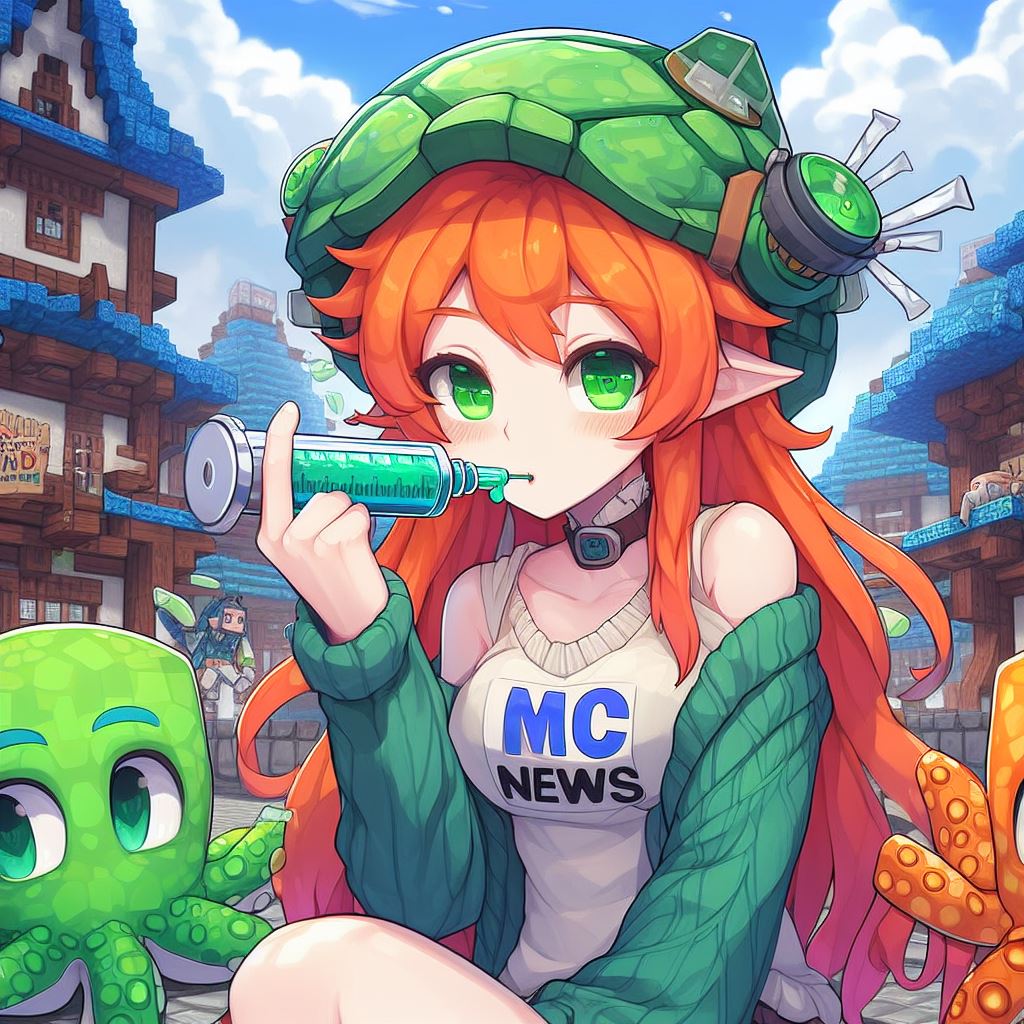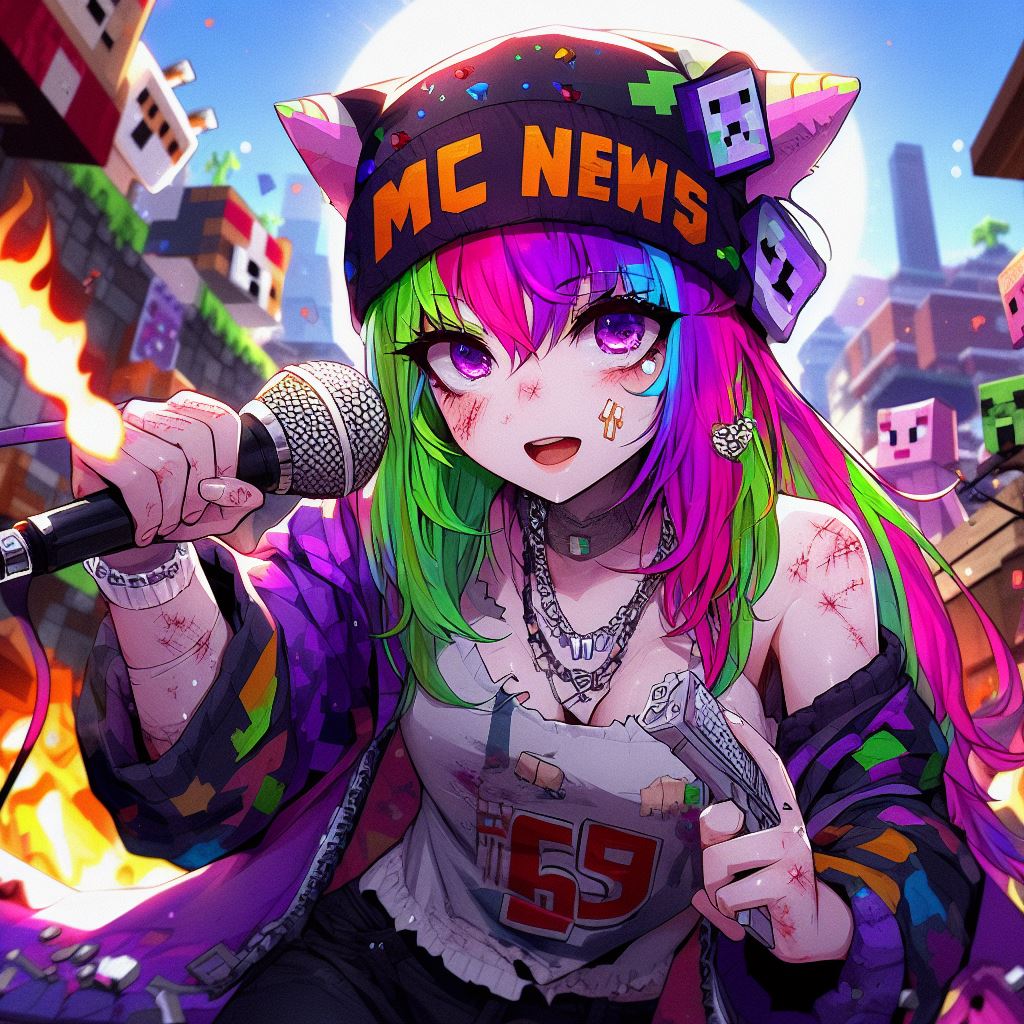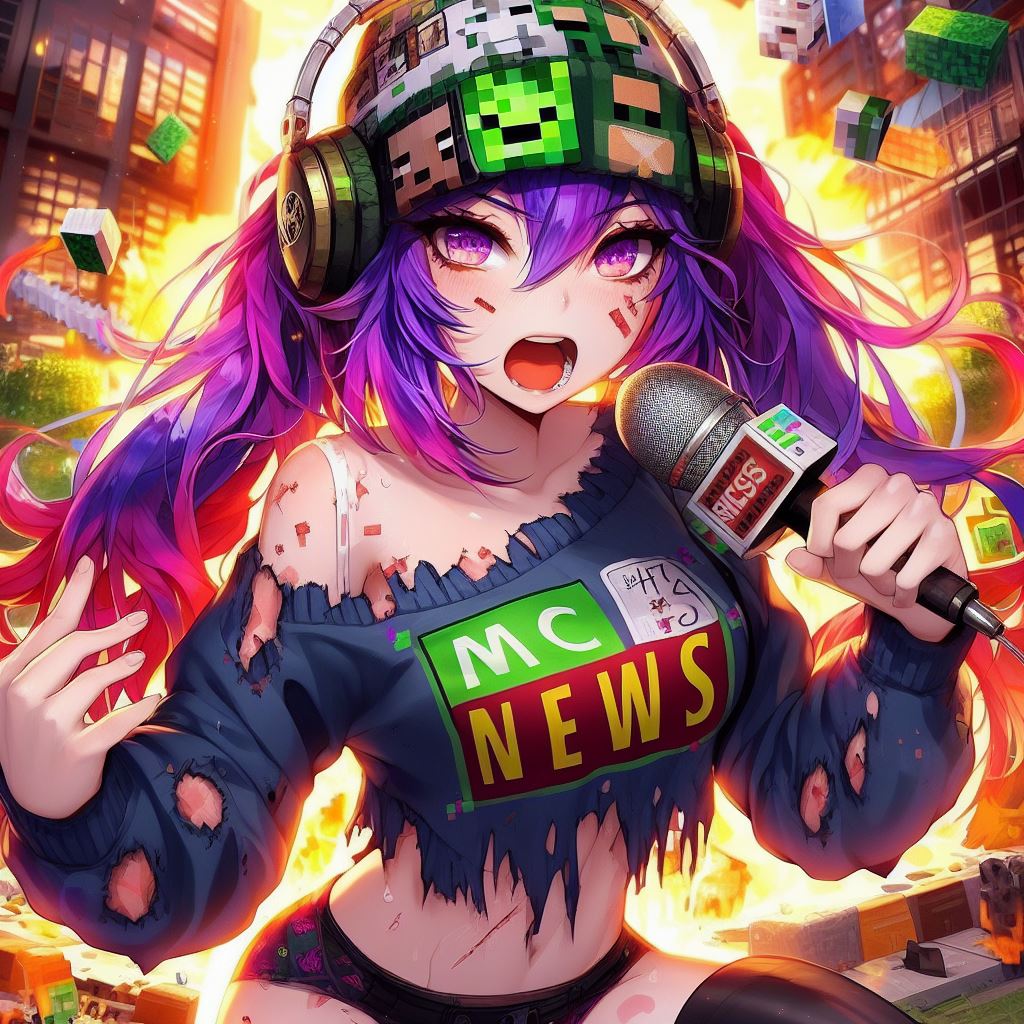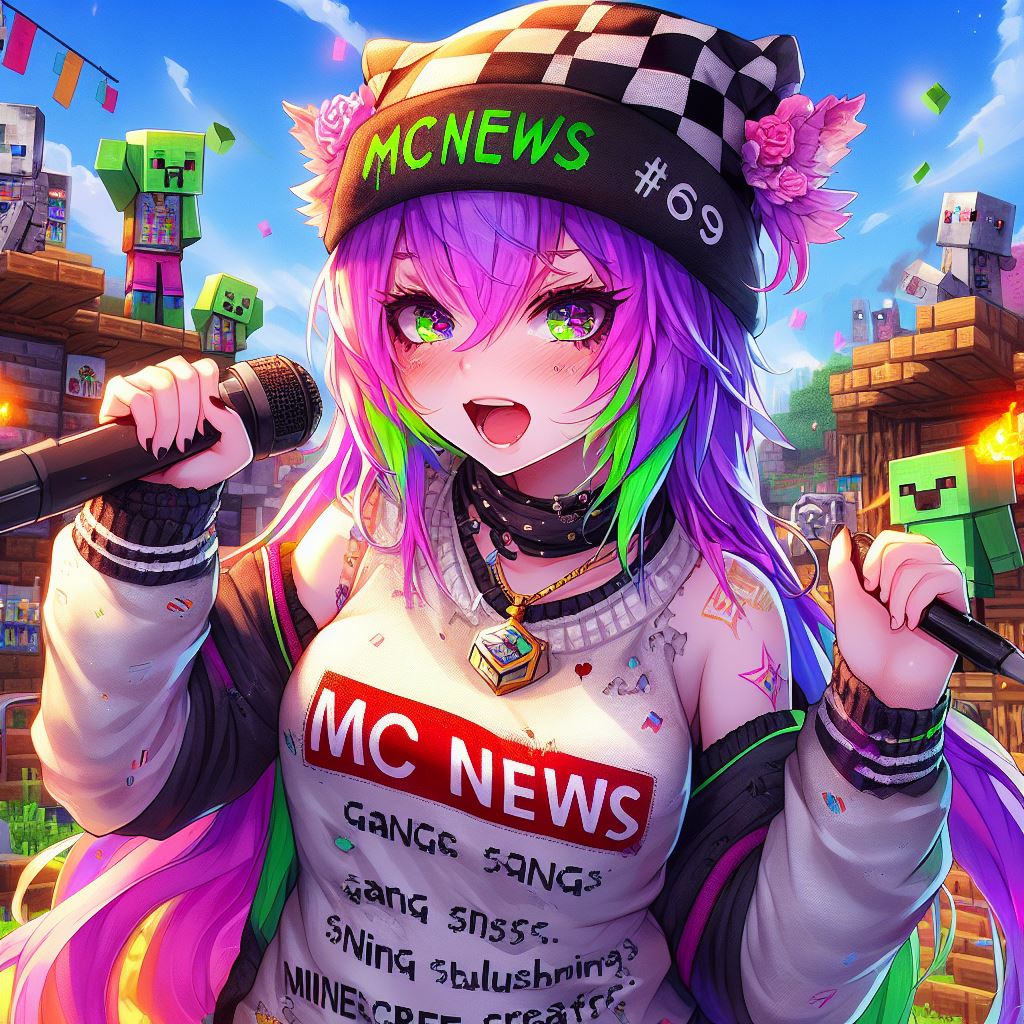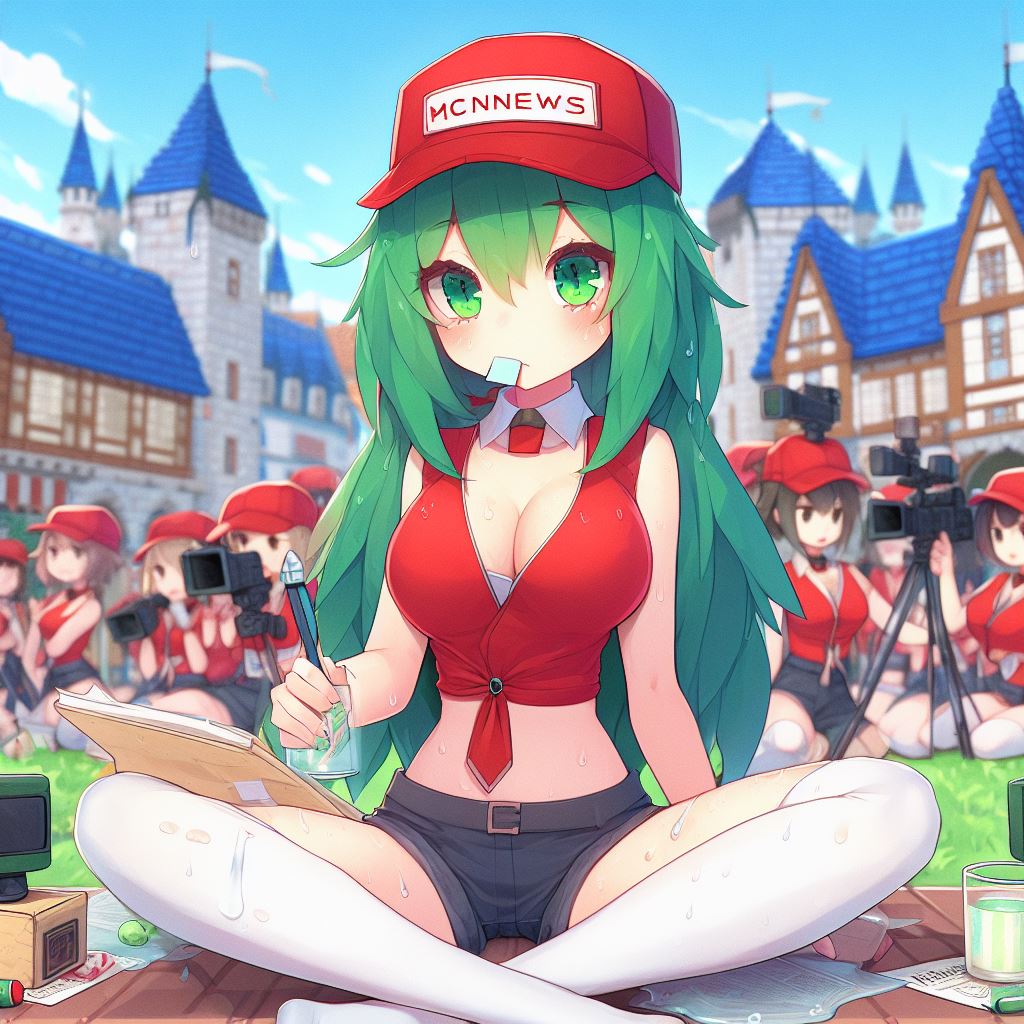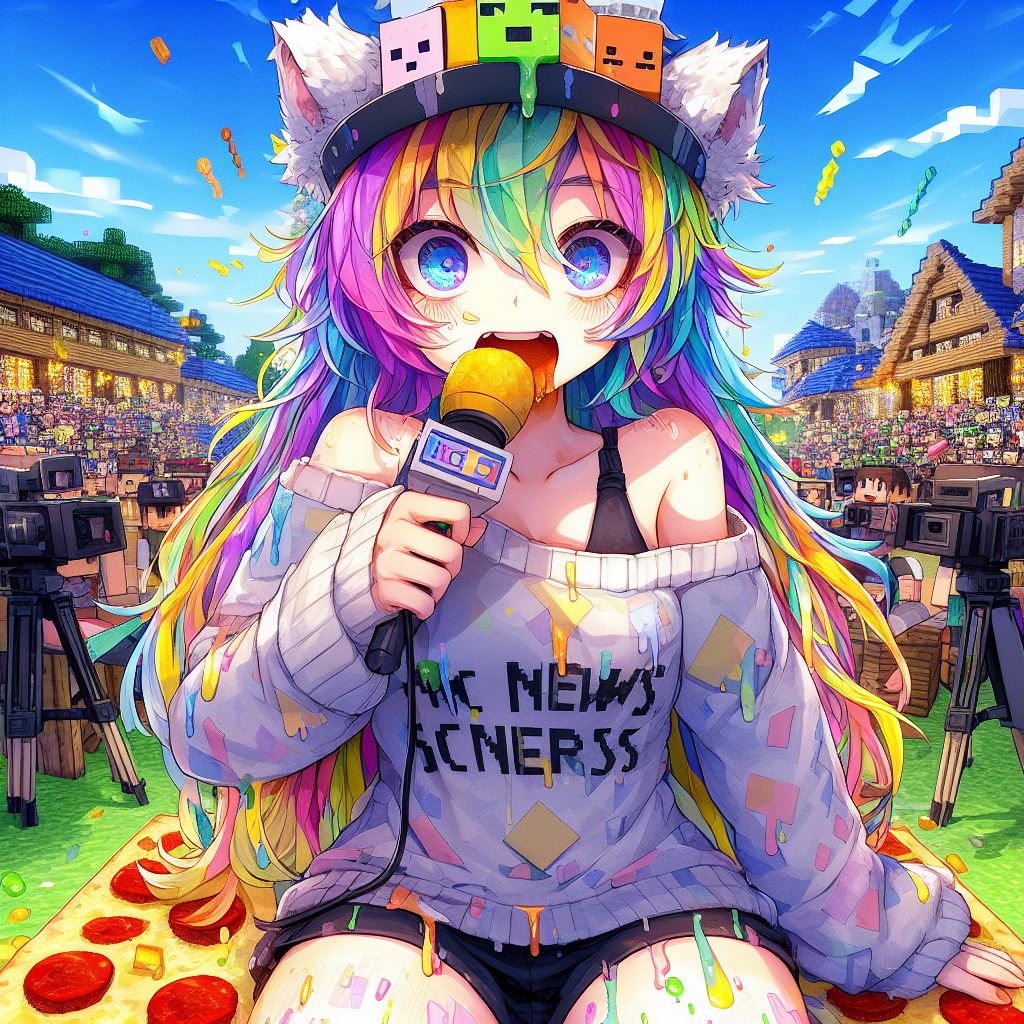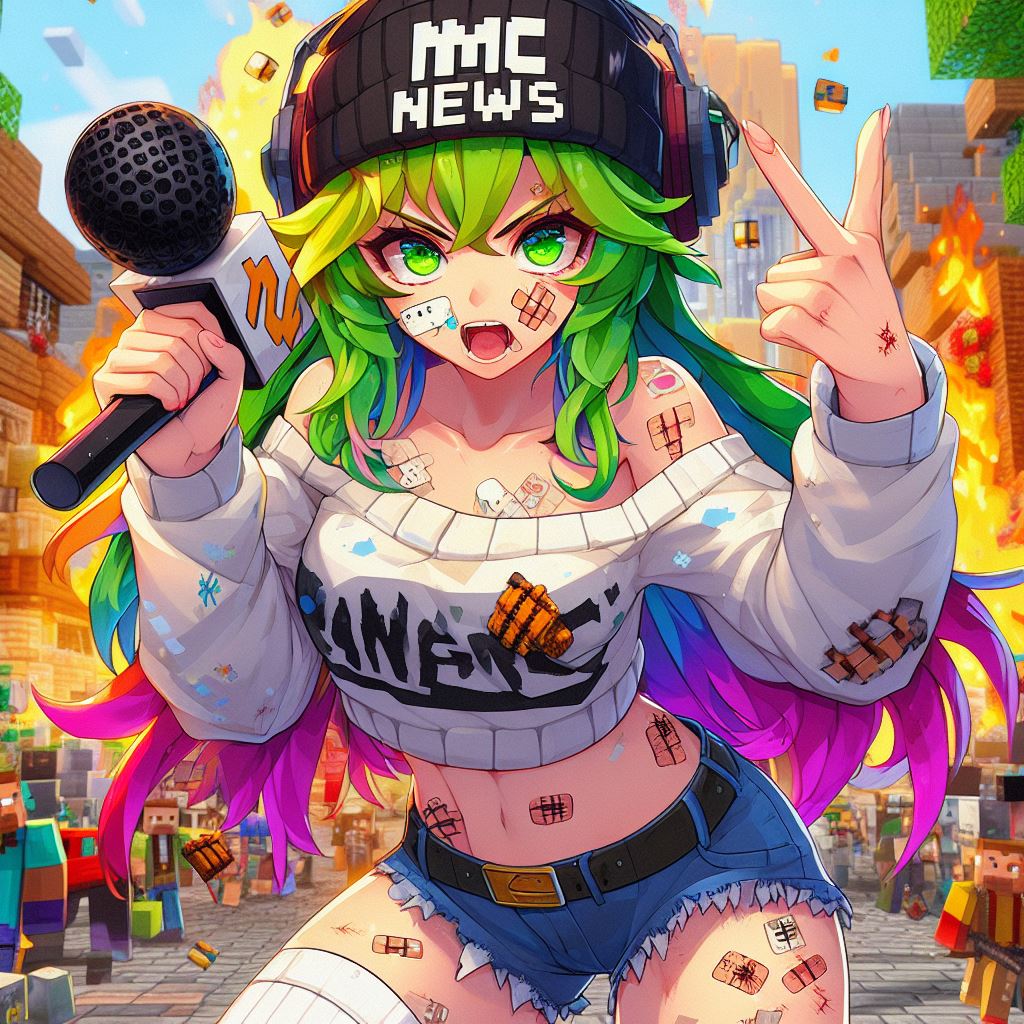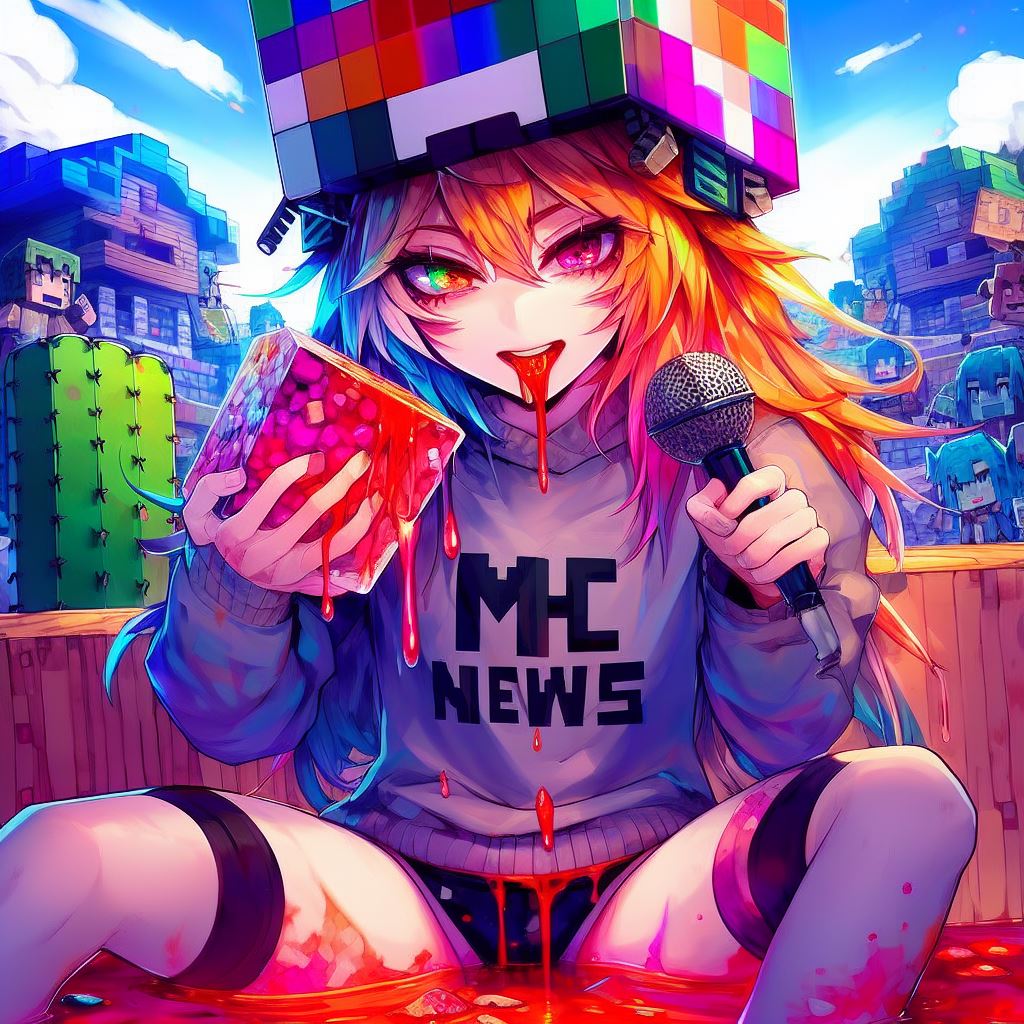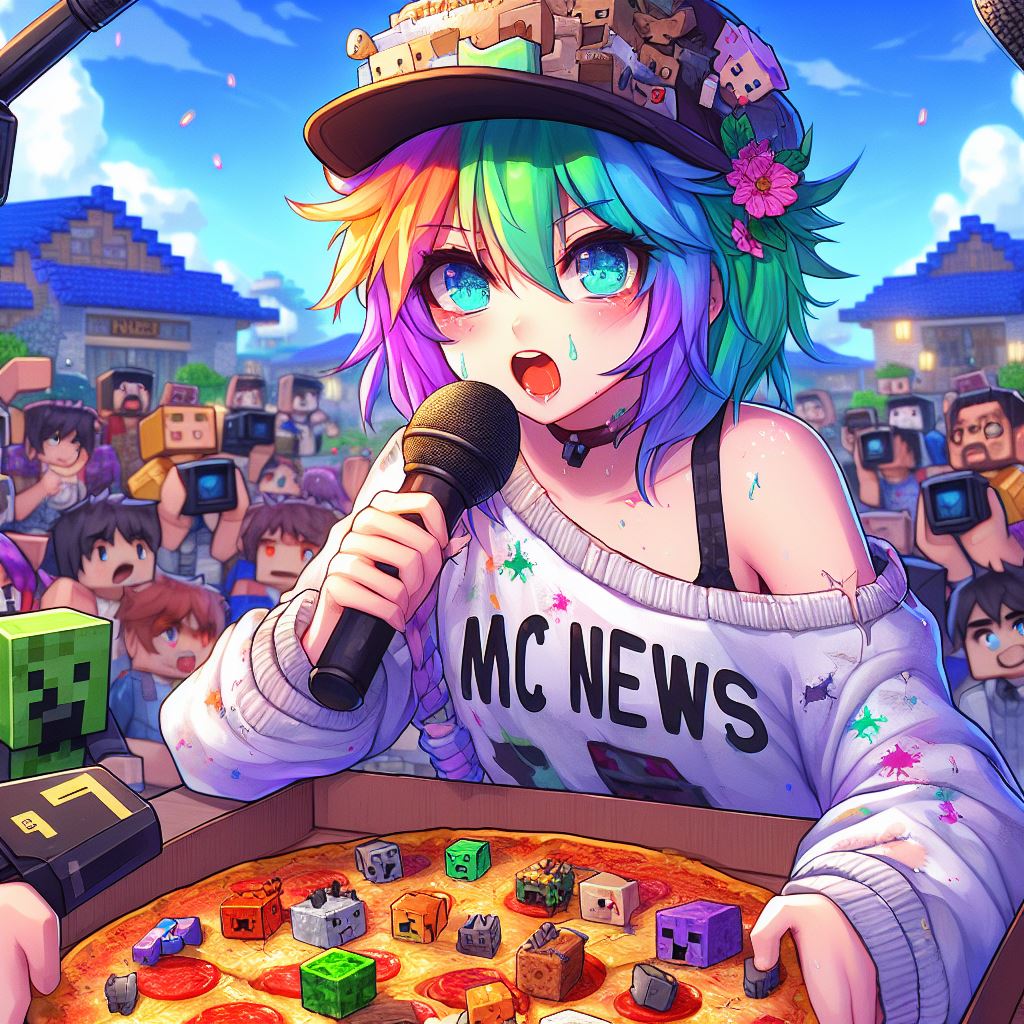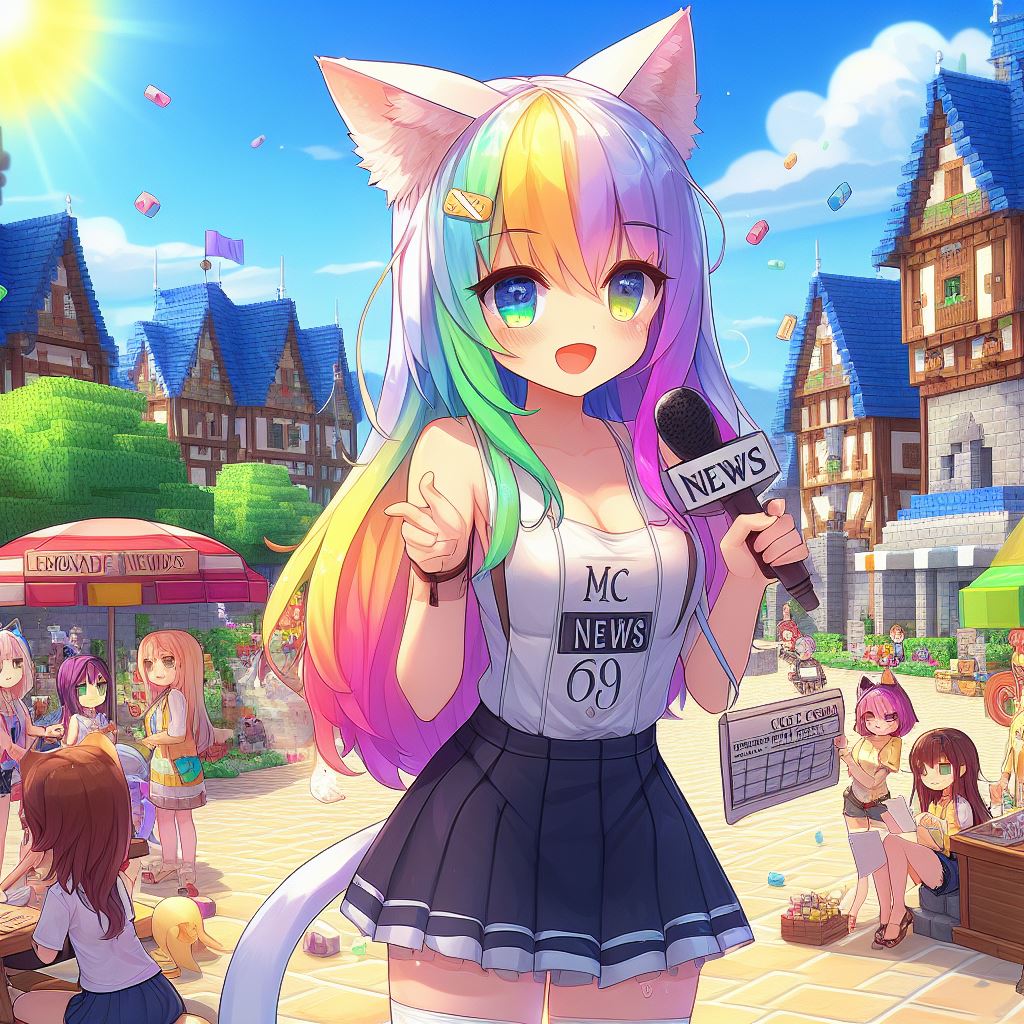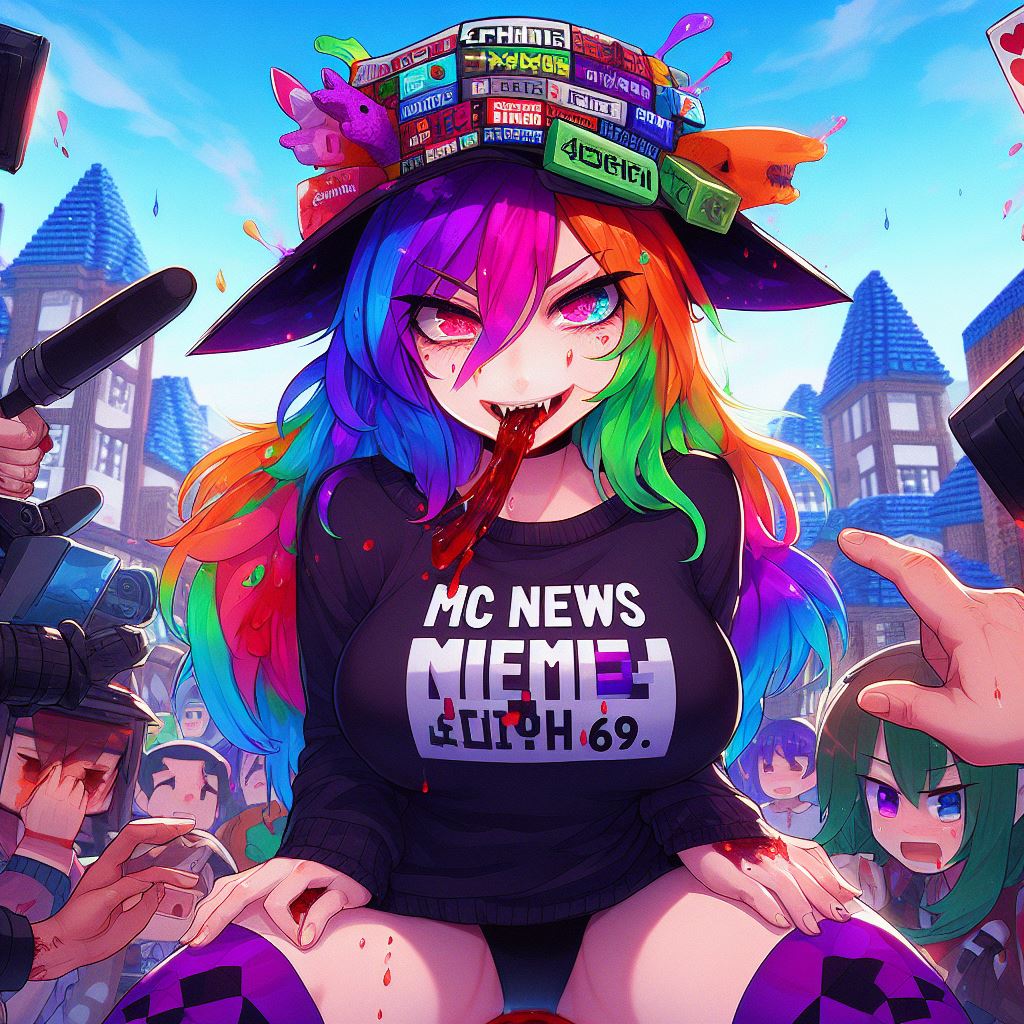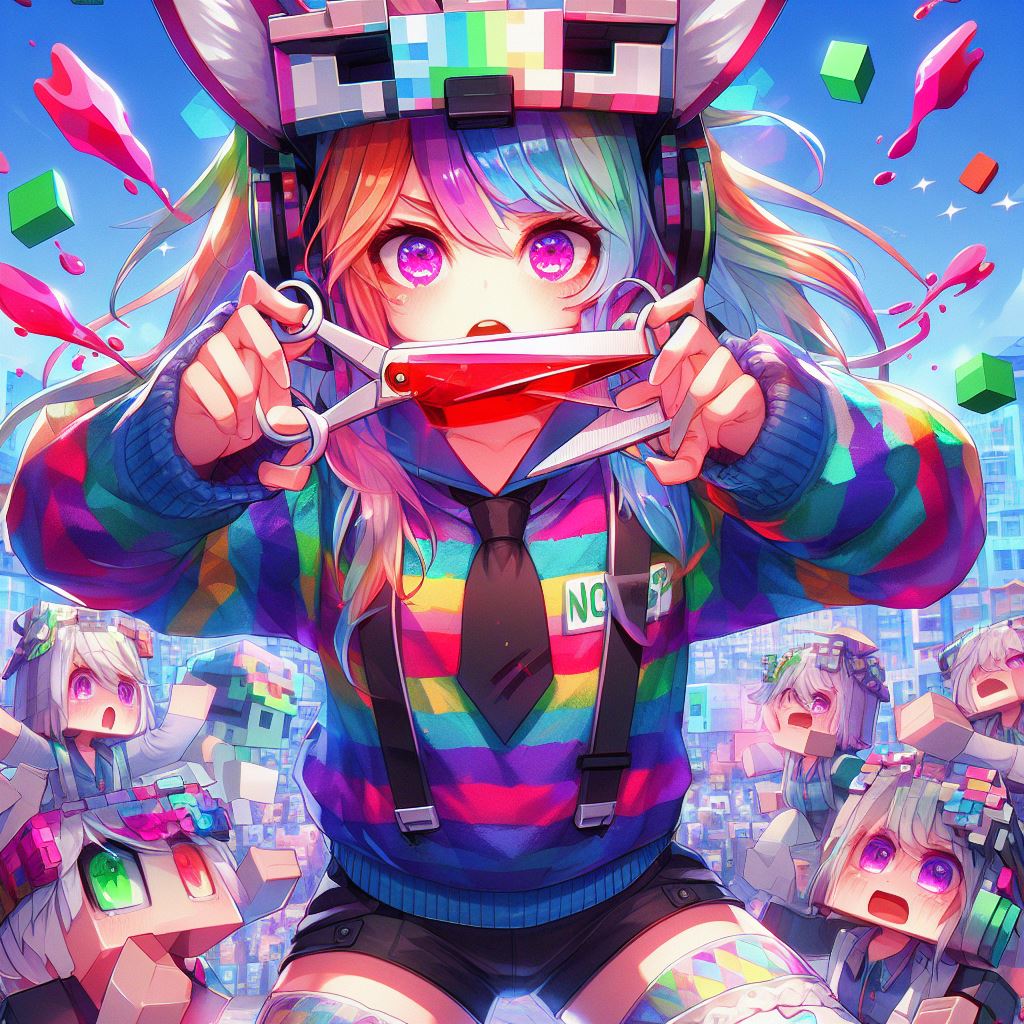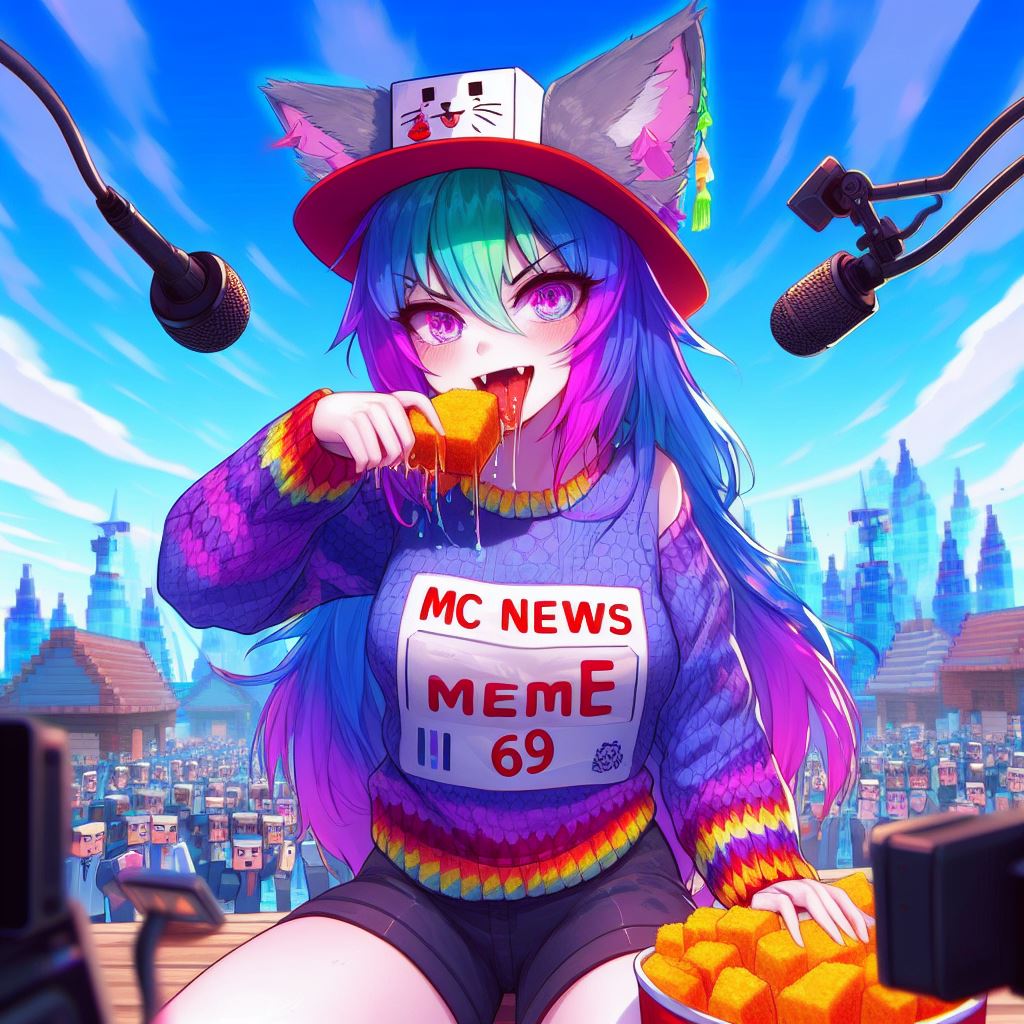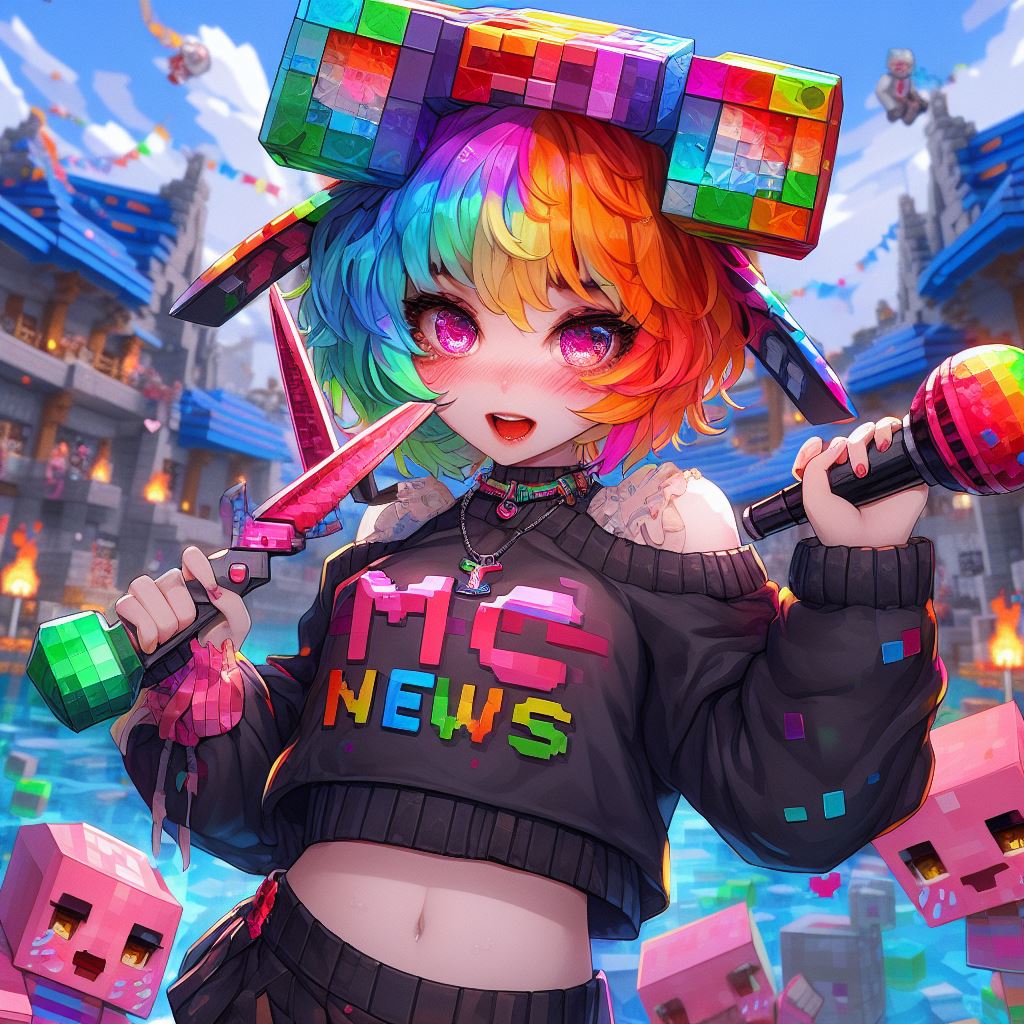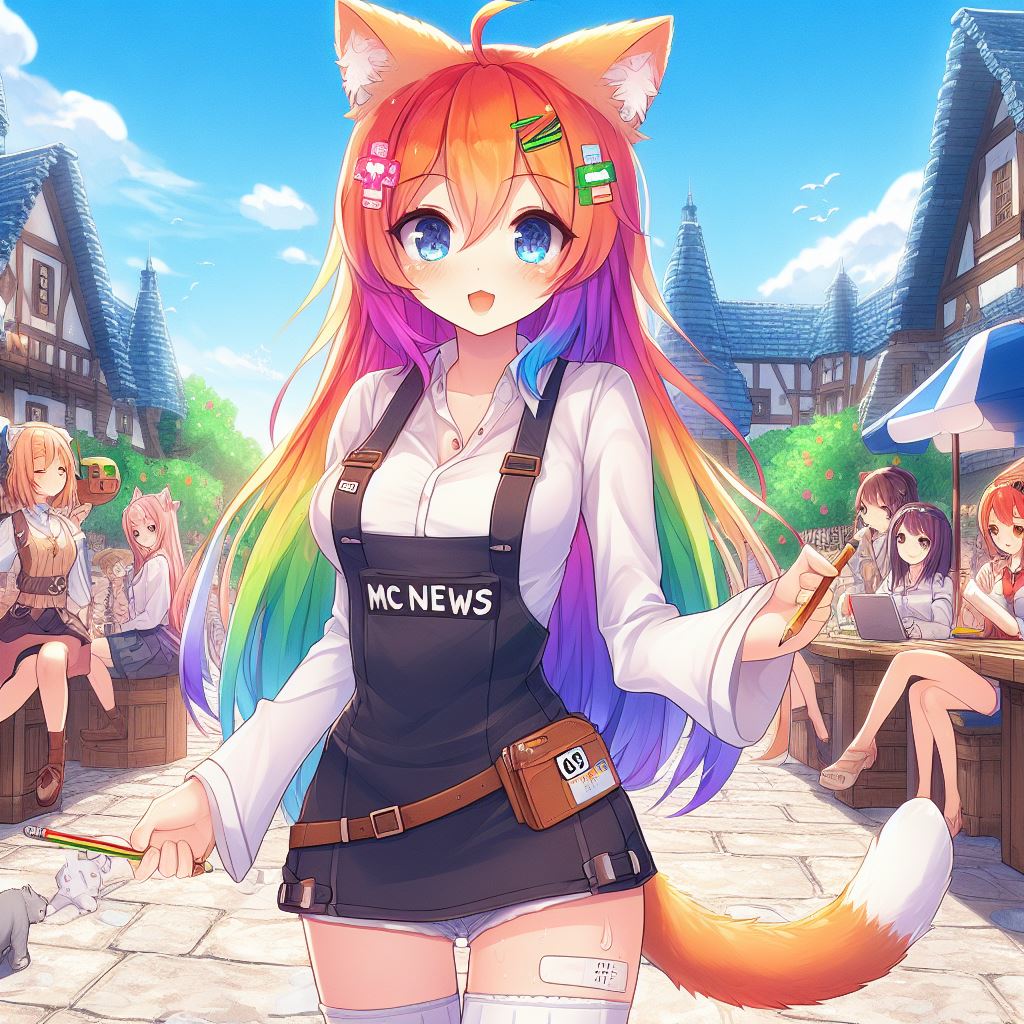In this video i want to talk about how to set up your own dedicated minecraft server and by doing this it will allow us to share out our minecraft games and allow other users to join either over a local area network or even over the internet Alright so what you see here is kind of a basic home network layout on the right hand side we have our local area network we have our minecraft server and we have a few local pcs wired or wireless doesn’t really matter but um wired probably work better in this case Because it’s always better for gaming low latency and it’s just fast but um all those are connected to our local modem router switch combo it doesn’t have to be a combo it could be whatever but um most likely you have a moto mana router which is then connected to the internet So for any of our local clients all they have to do to connect to our server is enter the local ip address of the server being 192.168.2.7 and then they can connect right up now if we want to open our games up to the internet and you’re behind a router There’s an additional step that we have to take here and that is we have to port forward port 25565 which is the default minecraft server port from our external ip to the internal ip address of our server now i’m not going to cover how to do that here because it’s been covered Countless times on the internet but um if you just google search i’m sure you can figure out how to do it but um once the port forwarding is in place then all you have to do is anybody who wants to connect over the internet will just connect to your external ip address Or the ip address of your modem and that’s all there is to it so both users will still access your minecraft games in the same way they’ll just use a little bit different addresses the minecraft server software itself has a relatively small footprint it is written in java so you do need Java installed on the machine that you’re running it on but on average for a small server it will consume about 150 to 300 megabytes of ram and uh because it’s so lightweight you can actually run it on the same computer that you’re playing on and probably not even notice That it’s running as long as you have a decently powerful computer now if you’re going to go ahead and run it on its own dedicated hardware it can require as little as a single core cpu with two gigabytes of ram and should be fine for supporting a few users over a local area Network but a single game can support up to 150 users so keep that in mind more users is going to require more hardware to keep things running smoothly the server i’ll be using in this demo is uh it’s an esxi 5.1 virtual machine and I gave it 4 cores 4 giga ram and it’s running windows 7 ultimate 64-bit edition all right so now that we got all that out of the way let’s go ahead and get started so let’s head over to minecraft.net download and um here you’ll find there’s downloads for the game itself and There’s also two different downloads for the server there’s a windows executable and then there’s just a java archive that you can use on any os that has java but um since we’re running windows in this demo we’re going to go ahead and download the executable which i already Have and i’ve put it off in this folder on my desktop here now i recommend sticking the executable in its own folder because when you run it it’s going to go and create a bunch of files and if you just put it on your desktop It’ll just make a mess but uh let’s go ahead and double click to open that up and you may have to right click and run as administrator but you see it starts preparing our spawn area and that’ll take a few seconds to do that the first Time we launch this and um you also notice there’s a few failures about um failed to find a couple files but we don’t have to worry about those because it’s going to go and create them since this is the first time that we’re running the server so now you’ll notice That in the left hand pane all the files that it said it could not find on startup are now there and successfully created by the server so now that it’s up let’s go ahead and stop it by typing stop at the bottom here and let it shut Itself down that is the preferred way to do it rather than just exiting out all right so now let’s take a look at our server.properties so you just right click on that open with and we’re going to use notepad to open this guy up but you see this is our basic Configuration for a server and all the settings that we can change but there’s things for like allowing the nether the level name you can set the server port i’d recommend leaving that at the default and that’s the port that you would port forward you can set the server ip but i usually Just leave that blank you can set the max build height white list you can set texture packs this setting here the online mode i usually change that to false and it’s important note because if you have users who have an odd version of minecraft or a pirated version or something along Those lines they may get the error bad login when they’re trying to log into your server and that’ll fix that there and then this pvp i also change that to false and that just prevents players from damaging each other because you know there’s always that one guy who Wants to kill his teammates or whatever and um and then the last thing i change is the name of the server just to rob willis info minecraft server let’s go ahead and save that and exit out of notepad all right so that’s really all there is to the configuring the minecraft server Portion of this so we can go ahead and just open that up and make sure that it comes up correctly now all right and it’s done and you see it went a lot quicker that time right so the next thing we have to do is open up some holes in our firewall so Our clients can connect to our server so the way we do that is start control panel and then we’re looking for the windows firewall and on the left hand side we want to go to the advanced settings i’ll go ahead and maximize this window And then we want to take a look at the inbound roles alright so you’ll see that i went and created my roles ahead of time just for time sake but let’s go ahead and expand this out here if you need to make a new role just click new role in the right Hand pane over here but you’ll see that we have three rules one for minecraft and two for java when you run the server for the first time it should ask you whether you want to allow network connectivity to java or deny it and it’ll enable or disable those rules Based on what you say there but let’s go take a look at the minecraft rule first so you see that i have it set up to allow the connection and um under the programs and services tab i have it pointed towards the minecraft executable that i downloaded That is on my desktop and it’ll allow any connections to this executable all right so let’s take a real quick look at one of the java rules as well so we see that it points to c program files java your jre version bin and the java w dot Exe and that’s the same for both roles and we see under the advanced tab here that there’s options for private public and domain um if you were going to share out over the internet you would check that public one and you would also have to do that on your minecraft role as well And we see that there’s two java rules because one is tcp and one is udp all right and that wraps up the firewall configuration alright so this last step is going to be an easy one i promise so we just got to get the ip address to The server now so we go to start type cmd which stands for command prompt i’m going to pull that up and see a little black box like this and we’re going to type ipconfig and you see our ipv4 address there 192.168.2.7 and that’s the address that our local Clients will use to connect to our server another way to get to that is you’re going to start control panel network and sharing center on the left hand side go to change adapter settings and then right click on your adapter and go to status and then click on the details button And we see our ipv4 address right there all right so now it’s time to see what all this hard work was for and i wanted to give you guys a little bit of a different kind of view here so on the left hand side you see half of a remote Desktop session of the server itself and you see windows task manager running on there too so we can kind of see how it’s hardware usage goes and then on the right hand side you see minecraft running on my desktop but um these are two completely separate physical Machines all right so take a look at the server real quick we see that the it’s a quad-core cpu it has four gig of ram in this vm and looking at the task manager we can keep an eye on all the cores the networking um the processes we see the Server process itself is about 213 214 megabytes of ram right now and uh let’s go get started so on the right hand side let’s go to the multiplayer on minecraft and we can do either the the direct connect or we can add the server we’re gonna just go and add the server we’re Gonna do uh for the server name it can be whatever you want we’ll do rob willis info minecraft server and for the server address you’re going to use the ip address that you got in the previous step and enter it there and i’m going to Hit done and we see that it found our server and it has a good strength and there are zeros users logged in with a limit of 20 and go ahead and join the server all right look at that so you see that it let us log into a server successfully And you see it starts rendering out the world and everything and it’ll take a few seconds to really get going and it’ll be a little bit laggy at first but it uh it generally does smooth out but um let’s go ahead and try and put a Little bit of load on the server and i’ll wonder over here and break up some wood but um so like i said the cool thing about this is that now you can get all your friends to log into your server and collaborate and you can build things on Massive scales and and go on adventures together and visit another and stuff like that so uh look at all the squid out there all right so let’s go ahead and pause it and see how the server did so um so you see look at the cpu it Looks like number two took most of the hit the networking not much just a little blip getting in i guess and uh that for the server process it only went up about five megabytes but um all right let’s look at the server up here at the top so you see same thing Kind of a blip getting in there not so much you see the test user under players and you see under the log it says that i joined in my ip address all right so there you have it so you see it doesn’t really take a whole lot of hardware like something dual core With 4g ram on it could probably support a good bit of users and that’s really all it takes we had to download and install the java applet that was free from minecraft.net downloads and open up our firewall rules and then grab our local ip and um if you’re going to Be uh publishing your server out to the internet you’ll have to do the port forwarding and have your uh your friends or whoever are remote connecting via your modem ip or your external ip and that’s really all there is to it i hope this helps you guys out if you have Any questions just hit me up let me know or check that out noslet and that’s really all there is to it um i hope this helps you guys out and thanks for watching Video Information
This video, titled ‘FREE DEDICATED Minecraft 1.6.2/4 MULTIPLAYER server setup! Windows 7 1080P 2013’, was uploaded by Rob Willis on 2013-08-28 11:57:00. It has garnered 1412 views and 4 likes. The duration of the video is 00:10:31 or 631 seconds.
Running your own Minecraft server is a great way to share your games and connect with friends. In this video I cover some of the basics how to configure and get a Minecraft server up in no time.
Download the server: http://minecraft.net/download
Find out your public IP: http://robwillis.info/whatsmyip/
More info about this video can be found on my site: http://robwillis.info/2013/08/setting-up-a-dedicated-minecraft-server-video/
Thanks to http://teknoaxe.com for the music!

